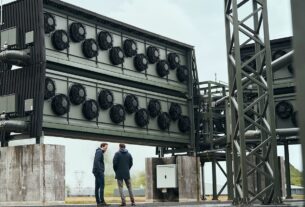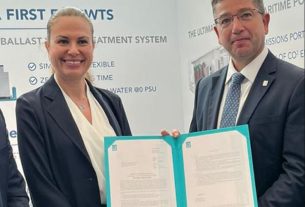Sweden – Vattenfall is set to establish its first full-scale facility for the creation of negative emissions in Jordbro, near Stockholm.
With plans to capture up to 150,000 tonnes of carbon dioxide from a biomass-fueled heat plant, the venture aims to contribute significantly to carbon neutrality. Vattenfall recently took a crucial step by submitting an application for an environmental permit for this ambitious project, anticipating completion by 2028.
At the heart of this endeavor is the Bio Energy Carbon Capture and Storage (BECCS) technology. The combined heat and power plant in Jordbro, utilizing biofuels such as wood chips and wood waste, will capture biogenic carbon dioxide. By liquefying the carbon dioxide through pressurization and cooling, Vattenfall plans to transport it by train, truck, or potentially by boat for storage in the North Sea or on land in Denmark.
The storage process involves injecting the liquified carbon dioxide into porous layers of bedrock at depths of around 3,000 meters. This geological symphony aims to ensure the carbon dioxide becomes an integral part of the rock over time. The type of rock used plays a crucial role in the mineralization process, determining the duration of this transformation.
Financial support
To fund this transformative project, Vattenfall is exploring various avenues. The Swedish government plans to conduct reverse auctions, offering subsidies totaling SEK 36 billion to BECCS from 2026 to 2046, with the Swedish Energy Agency overseeing the process. Additionally, Vattenfall is considering partnerships with private companies, particularly those committed to sustainability goals under initiatives like the Science Based Target initiative (SBTi). Private companies could purchase negative emissions to offset their remaining carbon dioxide emissions or build a portfolio for future use.




